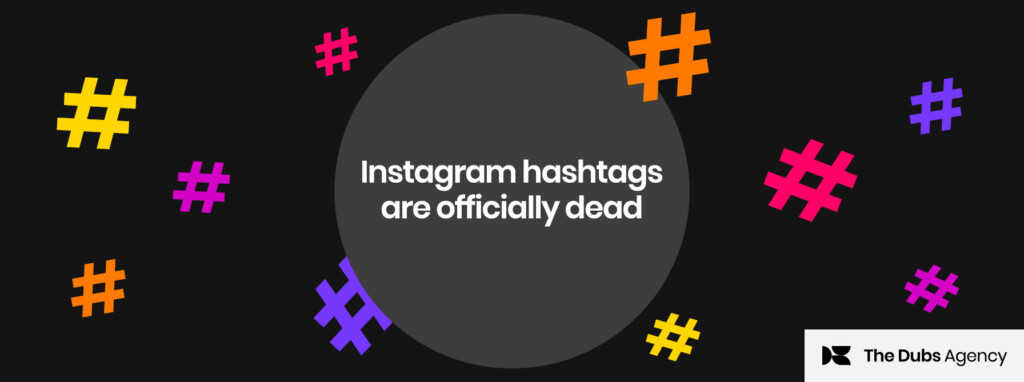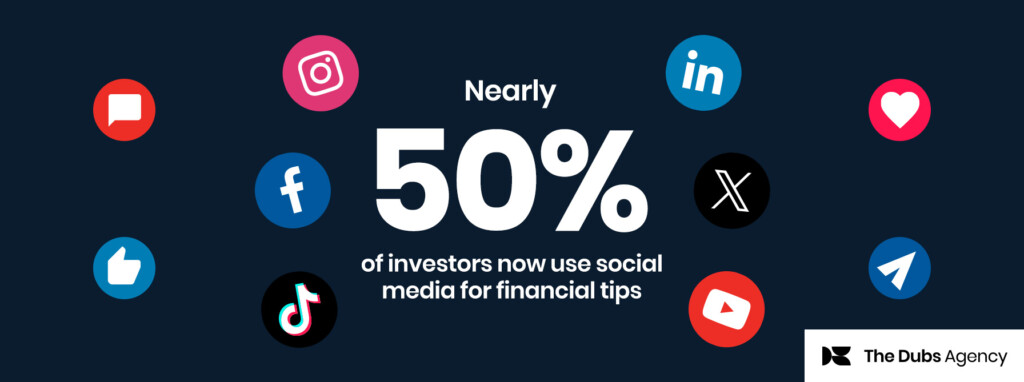In the year to November 2020, the amount of credit provided via Buy Now Pay Later (BNPL) services doubled. This leap followed two years of growth, with the number of BNPL transactions having increased by 90% from FY17-18 to FY18-19—from 16.8 million to 32 million.
The biggest users of BNPL are millennials, who comprised 40.6% of Australia’s 1.59 million BNPL users in the year to January 2019, followed by Gen Z, who comprised 35.1% of users in the same period, then Gen X, who comprised 19.1%.
Meanwhile, in the UK, as of January 2020, 67% of millennials report using BNPL services, and in the US, 50.13% of 35-44 year olds have used BNPL, in contrast with 46.77% of 25-34 year olds, 42.22% of 45-54 year olds, 37.71% of 18-24 year olds and 20.63% of over 54 year olds.
The $64 million question is why? And what are BNPL brands doing to win over millennials in such high numbers?
As we’ve watched the battle of the BNPL brands unfold we’ve identified some key tactics all finance brands can learn from.
BNPL brands strike where they know they’ll have impact
The surge in BNPL is most obvious in the arena of impulse spending, particularly online fashion (of which BNPL now comprises 19% of purchases) and online beauty (of which BNPL now comprises 18% of purchases).
To that end, the finance content marketing of BNPL services focuses on showcasing desirable products; in other words, the focus isn’t so much on the ins and outs of the financial service itself, but on what the service enables the user to do.
“ The focus isn’t so much on the ins and outs of the financial service itself, but on what the BNPL service enables the user to do. ”
For inspiration, turn to the finance content marketing strategy of Klarna, a Sweden-based service available in Norway, Finland, Denmark, Germany, Austria, The Netherlands, Great Britain, Australia and the US. Across Facebook, Instagram and a dedicated app, Klarna packs its audience’s feed with beautiful images of beautiful things—and they’re nearly all fashion and beauty products—from hair serums that promise to protect and nourish, to swimsuits that will have the user ‘feeling like a beach goddess’. Adding a deeper sense of urgency are continual exclusive deals and offers.
Keep it simple, snappy & clear
A marketer has, on average, eight seconds to attract a millennial’s attention. With this in mind, BNPL services are all about marketing that’s simple, snappy and clear—both visually and linguistically.
One example is the approach Clearpay (Afterpay’s UK brand) has taken with its social media content. Micro videos of 5-15 seconds in length dominate its Facebook and Instagram feeds—such as this clip, which urges customers to ease the financial burden of Christmas shopping by splitting the cost between ‘four easy payments’, and this clip promoting Black Friday, in which products appear to jump out of the user’s computer screen, emphasising the instant gratification enabled by BNPL.
BNPL brands play ethically and fair
73% of millennials are happy to pay more for sustainable products, as are 62% of Gen Z (in contrast with 34% of Gen X).
BNPL services have tapped into this willingness in a big way. Australia’s Afterpay frequently features ethical partners on its social media channels—from JackFruit underwear, which is ‘passionate about slow fashion and inclusive sizing’, to Samson & Charlie, a Melbourne-based vegan beauty brand.
Further, Afterpay itself runs ethical campaigns, such as ‘Support Small’, which, in both the US and Australia, promoted small businesses extensively—on both Afterpay’s website and social media.
If the attention of millennials is what you’re after, there’s a lot to be learnt from the battlefields of the leading BNPL brands. For help establishing and executing a millennial-focused finance content marketing strategy, get in touch.









